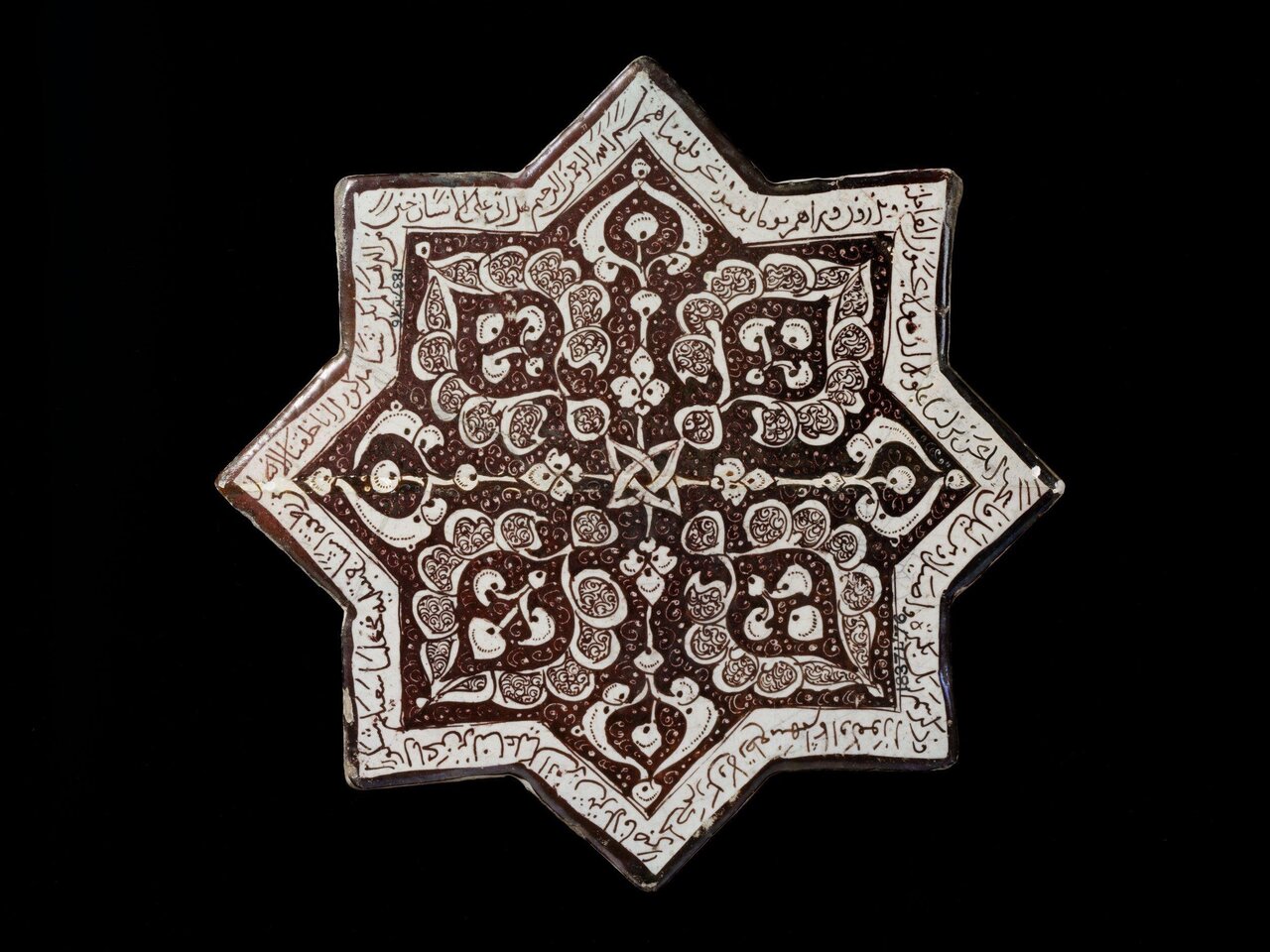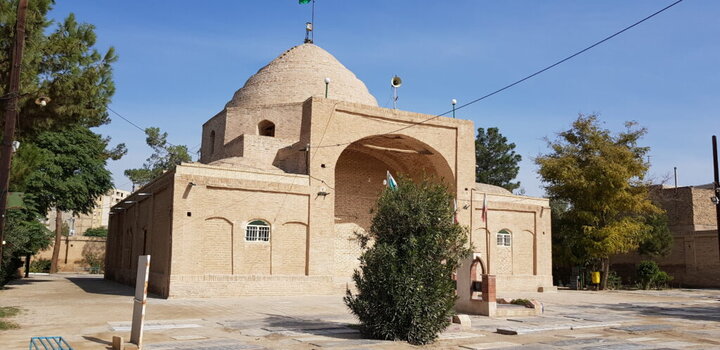Imamzadeh Yahya: a tragic tale of Iran’s stolen treasure

TEHRAN—In the late nineteenth century, Imamzadeh Yahya, a religious shrine in southeast Tehran, fell victim to the cruel hands of looters who saw an opportunity to profit from stolen treasures.
Located in the ancient city of Varamin, the tomb shrine is a significant cultural and religious site dating back to the Ilkhanid era (1256–1335), well known for supplying global museums with iconic examples of luster tilework that once decorated the tomb’s dado, mihrab, and cenotaph.
A set of about 160 tiles, handcrafted by master potters in Kashan between 1262 and 1305, were forcefully removed from the monument. They finally ended up in several museums including the British Museum, the Victoria and Albert Museum, and the Hermitage Museum in Saint Petersburg.
The tomb shrine is one of many Imamzadehs, or tombs of descendants of one of the Twelve Imams (the spiritual and political successors to the Prophet Muhammad (PBUH) that sprinkles the Iranian landscape.
The monument’s commemoration of Imamzadeh Yahya, a sixth-generation descendant of the second Imam Hasan ibn Ali (AS), makes it notable as most Imamzadehs are dedicated to descendants of the seventh Shia Imam; Musa ibn Ja'far al-Kazim (AS).

According to an article co-authored by researchers Keelan Overton and Kimia Maleki, when French archaeologist and explorer Jane Dieulafoy (d. 1916) visited the Imamzadeh Yahya in 1881, it included a monumental entrance portal, an octagonal tower with a conical roof on the west side, and the main tomb on the south, all of which are visible in a woodcut published in her 1887 travelogue. Based on this woodcut, American writer Donald Wilber (d. 1997) proposed a hypothetical plan for the complex.
“The only extant historical structure of the Imamzadeh Yahya is the tomb proper, a domed square surrounded by smaller vaulted rooms added at a later date. Between 1260 and 1310, when Varamin was the Ilkhanid capital of Rey province, the interior of the tomb was decorated in the finest materials and techniques of the day: twice-fired luster tilework and carved and painted stuccowork,” the article wrote.
The theft of Imamzadeh Yahya’s tiles is a painful reminder of the ongoing challenges faced by vulnerable historical sites, as looting and illicit trafficking continue to threaten the preservation of global heritage.As illuminated by Sheila Blair, who is a Canadian-born American art historian and educator, one of its known patrons was Fakhr al-Din, the local ruler of Rey and Varamin and a court favorite under Ghazan (r. 1295–1304) and Uljaytu (r. 1304–16). In fact, Fakhr al-Din’s most noticeable contribution to the tomb is the large band of stucco epigraphy that wraps the interior at mainly eye level.
As mentioned by the researchers, all of that tilework was systematically removed from the tomb during the late nineteenth century and soon appeared in European cities.
Tomoko Masuya, a professor of Islamic Art History, has concluded that the plunder of the Imamzadeh Yahya occurred in two phases: before 1875 and between 1881 (Dieulafoy’s visit, when the mihrab and cenotaph were apparently in situ) and 1900 (when the mihrab was in Paris and exhibited at the Exposition Universelle).
“Some of the removals thus occurred after the Qajar government had issued an edict protecting religious buildings in 1876, which was inspired by growing concerns about the stripping of tilework from sacred sites, as observed by Dieulafoy.”
The Imamzadeh Yahya was not alone in suffering such a horrible fate, and similar lootings occurred at mosques, Imamzadehs, and shrines in Kashan, Qom, and Natanz, among other places.
The theft of Imamzadeh Yahya’s tiles is a painful reminder of the ongoing challenges faced by vulnerable historical sites, as looting and illicit trafficking continue to threaten the preservation of global heritage.
Imamzadeh Yahya’s bitter fate highlights an urgent need for enhanced international cooperation, awareness, and legal measures to protect global heritage.
Only through collective efforts can we ensure the preservation and return of looted treasures, allowing future generations to marvel at the wonders of our shared human history.
AFM
Leave a Comment